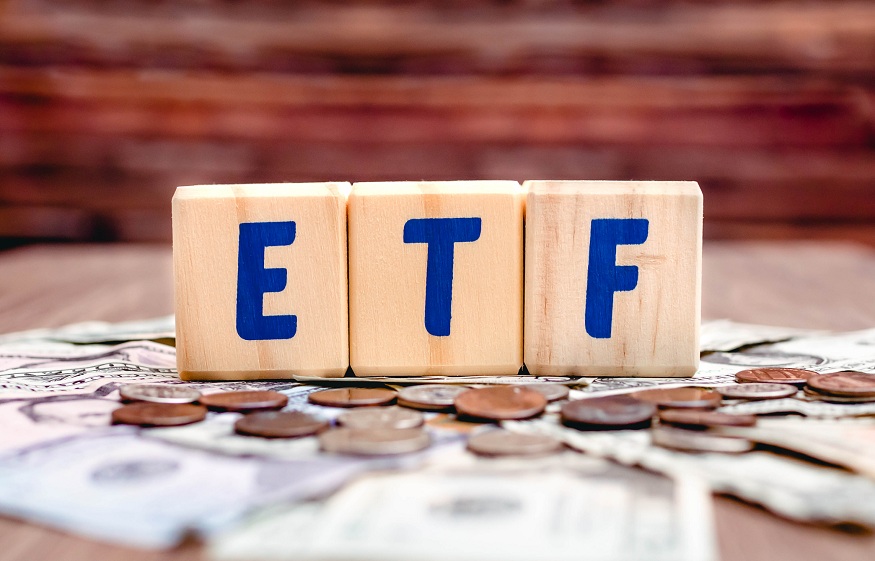Exchange-traded funds (ETFs) have become increasingly popular among both seasoned investors and beginners due to their cost-effectiveness, diversification, and flexibility. If you’re looking to start investing in ETFs but aren’t sure where to begin, you’re in the right place. This guide will walk you through the essential steps to invest in ETFs, helping you navigate the process with ease and confidence.
What are ETFs?
Before diving into the ETF investment process, it’s important to understand what ETFs are. An ETF is a type of investment fund that holds a diversified collection of assets such as stocks, bonds, commodities, or real estate. These funds trade on stock exchanges just like individual stocks, and their prices fluctuate throughout the trading day based on market conditions.
Why invest in ETFs?
ETFs come with several key benefits, including:
- Diversification: Investing in an ETF allows you to gain exposure to a broad range of assets, reducing the risk associated with individual securities.
- Low fees: Most ETFs are passively managed, meaning they track a specific index or sector, resulting in lower management fees compared to actively managed funds.
- Liquidity: Unlike mutual funds, ETFs can be bought and sold throughout the trading day, offering more flexibility for investors.
- Transparency: Most ETFs disclose their holdings regularly, so you can see exactly what you’re investing in.
Steps to invest in ETFs
Open a brokerage account
To invest in an ETF, the first step is to open a brokerage account. This is where you will execute your buy-and-sell orders for ETFs. There are many online brokerage platforms available, so choose one that fits your needs based on factors like fees, ease of use, and available tools for research.
Research your ETF options
Before making an ETF investment, it’s important to do thorough research. ETFs come in many forms, each tracking different indexes, sectors, or regions. Some common types of ETFs include:
- Stock ETFs: Track a specific stock index, such as NIFTY 50.
- Bond ETFs: Invest in a portfolio of bonds, offering fixed income potential.
- Sector ETFs:Monitor specific sectors, like healthcare, or energy.
- International ETFs: Provide exposure to global markets outside of your home country.
Each type of ETF has its own risk profile and return potential, so choose one that aligns with your investment goals and risk tolerance.
Understand the costs involved
While ETFs typically have lower fees than mutual funds, there are still costs involved. These include the expense ratio (the annual fee charged by the ETF provider), as well as potential brokerage fees for buying and selling the ETF. Always check the expense ratio, as even small differences in fees can have a significant impact over time.
Decide how much to invest
Once you’ve selected an ETF, determine how much money you want to allocate to the investment. Many brokers allow you to buy fractional shares, so you can start investing with a smaller amount of capital. However, it’s important to balance your ETF investments with other assets in your portfolio to maintain diversification.
Place your order
- Market order: This is an order to buy or sell an ETF at the current market price. It’s executed immediately.
- Limit order: This allows you to specify the price at which you want to buy or sell the ETF. The order is only executed if the price reaches your specified limit.
Conclusion
Investing in ETFs is a great way to build a diversified portfolio with relatively low costs. As a beginner, starting with a reputable brokerage and researching various ETF options is key to making informed decisions. By following the steps above, you can confidently invest in ETFs and begin working toward your financial goals. Remember, successful investing is about patience and discipline, so stay the course and allow your investments to grow over time.




